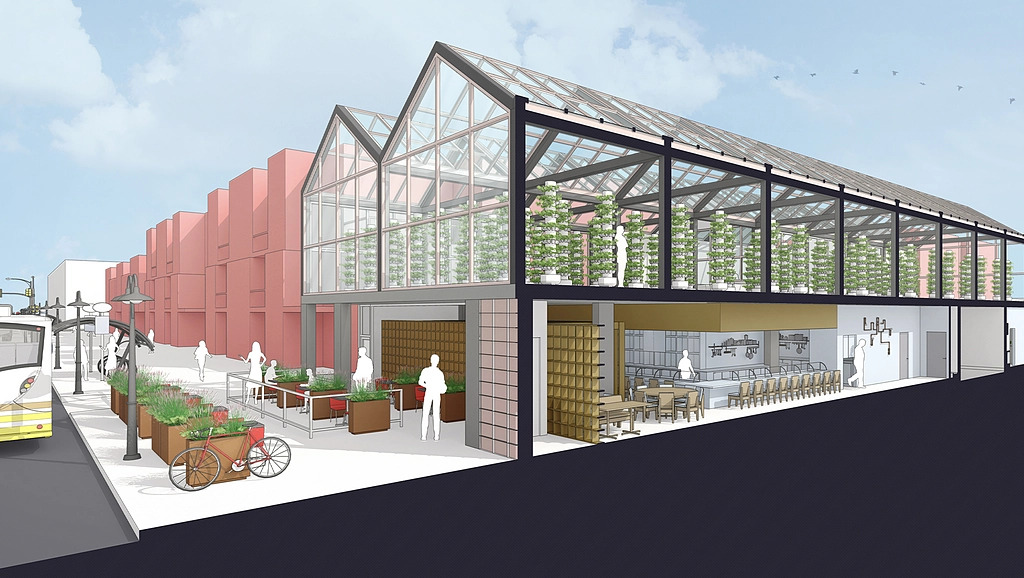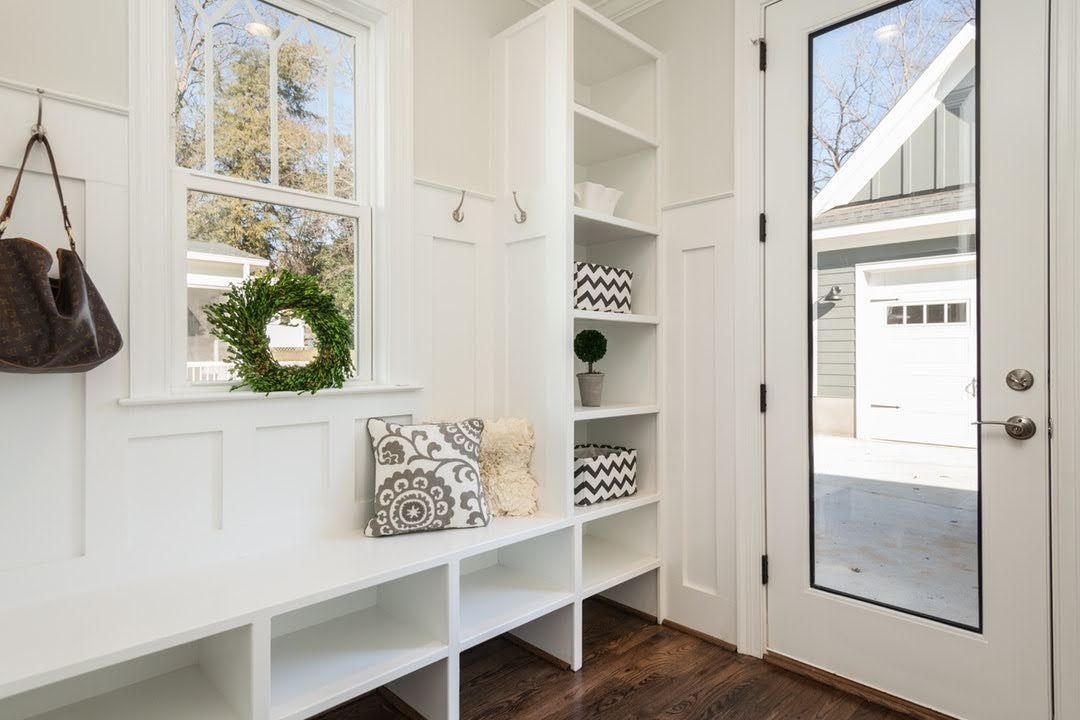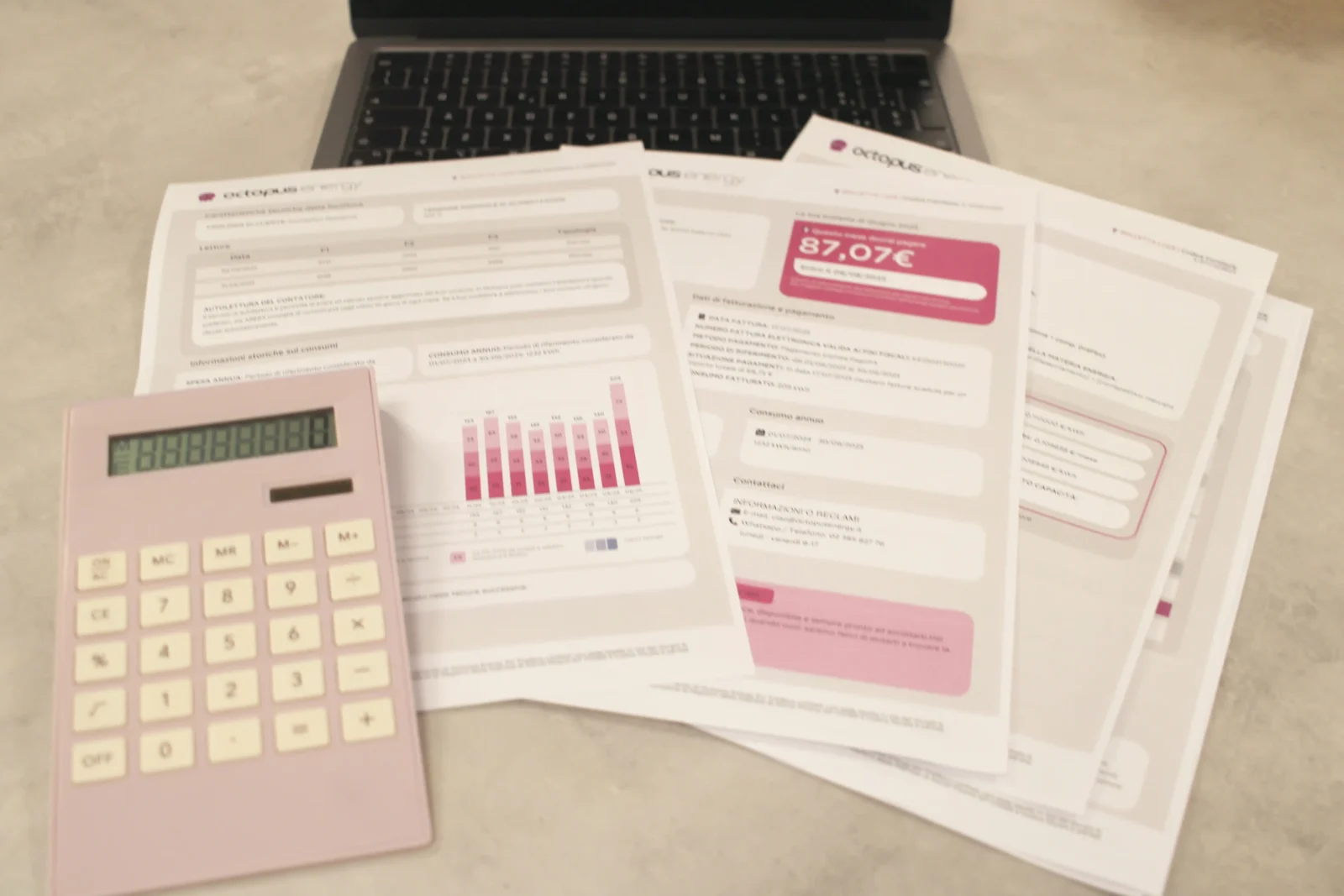- Home
- Articles
- Architectural Portfolio
- Architectral Presentation
- Inspirational Stories
- Architecture News
- Visualization
- BIM Industry
- Facade Design
- Parametric Design
- Career
- Landscape Architecture
- Construction
- Artificial Intelligence
- Sketching
- Design Softwares
- Diagrams
- Writing
- Architectural Tips
- Sustainability
- Courses
- Concept
- Technology
- History & Heritage
- Future of Architecture
- Guides & How-To
- Art & Culture
- Projects
- Interior Design
- Competitions
- Jobs
- Store
- Tools
- More
- Home
- Articles
- Architectural Portfolio
- Architectral Presentation
- Inspirational Stories
- Architecture News
- Visualization
- BIM Industry
- Facade Design
- Parametric Design
- Career
- Landscape Architecture
- Construction
- Artificial Intelligence
- Sketching
- Design Softwares
- Diagrams
- Writing
- Architectural Tips
- Sustainability
- Courses
- Concept
- Technology
- History & Heritage
- Future of Architecture
- Guides & How-To
- Art & Culture
- Projects
- Interior Design
- Competitions
- Jobs
- Store
- Tools
- More
Architectural Design Software 101: A Beginner’s Guide

In today’s digital era, the field of architecture has also significantly transformed, with professionals increasingly leveraging technological advancements to create and visualize structures. Architectural design software has become an integral tool in this transformative journey, making it easier for architects to conceptualize, design, and bring their creative visions to life. This article offers a beginners guide to architectural design software, highlighting the innovative tools that are shaping the architecture industry.
Traditional Methods Vs. Design Software:
Traditionally, architectural design involved a laborious process of drafting plans manually, using a combination of rulers, compasses, protractors, and other drawing tools. The advent of computer-aided design (CAD) software, however, has revolutionized this process, providing precision, efficiency, and the ability to create more intricate and realistic designs.
The Basics of Architectural Design Software:
Architectural design software provides a virtual environment for architects to create 2D or 3D models of buildings and structures. It assists in designing floor plans, elevating designs, drafting blueprints, creating 3D models, and rendering architectural visualizations. Apart from the core design functionality, these software tools can also assist in project management, collaboration, and documentation.

Understanding Different Types of Architectural Design Software:
CAD Software: This software is used for creating detailed 2D and 3D models. Popular examples include AutoCAD and DraftSight.
Building Information Modeling (BIM) Software: BIM goes beyond traditional CAD by incorporating additional dimensions, such as time and cost, allowing architects to visualize an entire building lifecycle. Examples include Revit and ArchiCAD.
Rendering Software: This software helps in creating photorealistic images and animations from 3D models. Examples include Lumion and V-Ray.
Innovative Architectural Design Software:
As technology continues to evolve, so do the tools available to architects. Let’s delve into some of the most innovative design software currently influencing the field.
Revit: Revit is one of the most widely used BIM tools. It supports multi-disciplinary designs and collaborative work, providing architects with the ability to create detailed and precise models. With features like ‘Parametric Components’, an open, graphical system for design and form-making, and the ability to analyze building performance, Revit is truly at the cutting edge of architectural design.
Rhino 3D: Rhino 3D allows for complex and precise modeling with a versatile 3D modeler. Its ability to handle curves and surfaces in a highly flexible environment makes it a popular choice among architects. The Grasshopper plugin for Rhino has brought parametric design into the mix, adding a level of design and manipulation capabilities that weren’t previously possible.
Twinmotion: Twinmotion is a real-time visualization tool that lets architects and designers create high-quality images, videos, and 3D virtual reality content. It simplifies the creation of digital models of proposed spaces, making the design process more immersive and interactive.
SketchUp: SketchUp is known for its simplicity and user-friendly interface. It is ideal for creating 3D models quickly and intuitively. It also offers an expansive library of free model assemblies called ‘3D Warehouse’, which enhances its appeal to beginners.
The right architectural design software can be an architect’s best tool, facilitating the design process and boosting productivity. As technology continues to advance, we can expect even more innovation in design software, making architecture an exciting and ever-evolving field. Remember, each software tool has its strengths and weaknesses, so it’s essential to choose the one that fits your specific needs and design style. Happy designing!

Learning architectural design software can seem overwhelming at first, but with the right approach and resources, it becomes an achievable task.
You can choose a beginner-friendly software tool like SketchUp. Its intuitive interface will help you understand the fundamental concepts of 3D modeling. Once you’re comfortable with the basics, you can then move on to more complex software like AutoCAD, Rhino, or Revit.
Follow up websites like YouTube, Coursera, and Udemy offer a wide array of tutorials and courses on different architectural design software. They vary from beginner to advanced levels and are often structured to provide step-by-step learning.
One website that stands out for its comprehensive architecture learning resources is “Learn Architecture Online”. It offers an extensive range of courses, ebooks and tutorials that cover a wide spectrum of architectural topics, including design software training. The courses are designed by experts in the field and provide a structured learning path from beginners to advanced levels. They cover various software tools such as AutoCAD, SketchUp, Revit, Rhino, and more.

Submit your architectural projects
Follow these steps for submission your project. Submission FormLatest Posts
Solutions to Keep Every Room Organized
Clutter sneaks in fast, but a calm home is built one small...
How to Read Construction Drawings: A Practical, Field-Tested Guide
How to read construction drawings: a clear, step-by-step guide to decode sheets,...
10 Best Outsourced Bookkeeping Services UK 2026
Your in-house bookkeeper costs £35,000 a year. Add software licences, training, holiday...
How Awesome PVC Supplies Improve Building Efficiency Today
PVC products have changed how homes and small buildings save energy. The...












Leave a comment